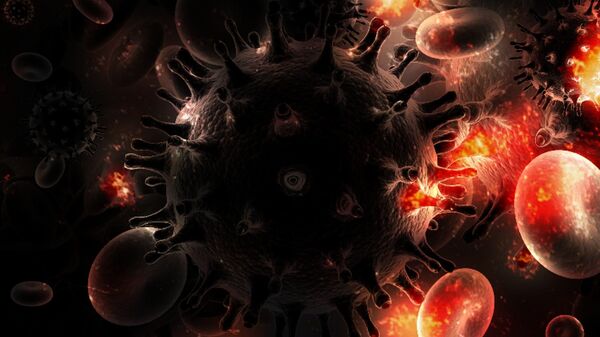Though the mice were only subjected to the treatment for one month, study participants believe that longer periods of treatment could "result in longer, or even permanent, rebound delays."
"No other anti-retroviral used in the clinic today is able to completely suppress viral production in infected cells in vivo," Valente said in a statement. "When combining this drug with the standard cocktail of anti-retrovirals used to suppress infection in humanized mouse models of HIV-1 infection… it is really the proof-of-concept for a ‘functional cure.'"
Labeled the "Block-and-Lock" approach, the method essentially blocks the HIV virus from reproducing in cells and locks it into a "durable state of latency."
"This has been what everybody has wanted to do forever," Paula Sparti, a retired physician who has treated HIV and AIDS patients since the 1980s, told the Miami Herald. "Finding something, a drug, that gets in and stops replication of the virus and does not allow healthy… cells to get infected."
Despite the excitement surrounding the new treatment, there is still the matter of figuring out what the long term effects could be on patients, says Valente.
The ultimate question is, "Could we replace the cocktail of drugs [that people with HIV are taking now]?"
Working in collaboration with the University of North Carolina and the Walter Reed Army Institute of Research, the next step for researchers is to test their findings on monkeys and then humans prior to launching clinical trials.
"The idea here is if we understand this very carefully, we might be able to move to a single drug or drug that doesn't have to be taken that often," Valente told the outlet.



